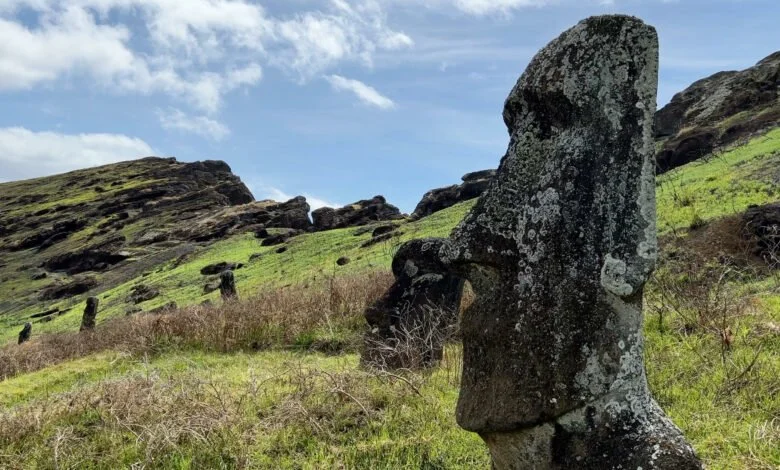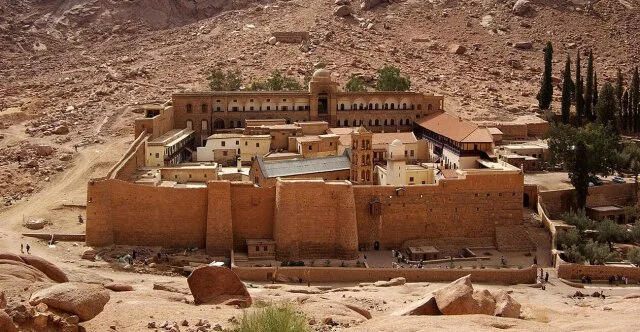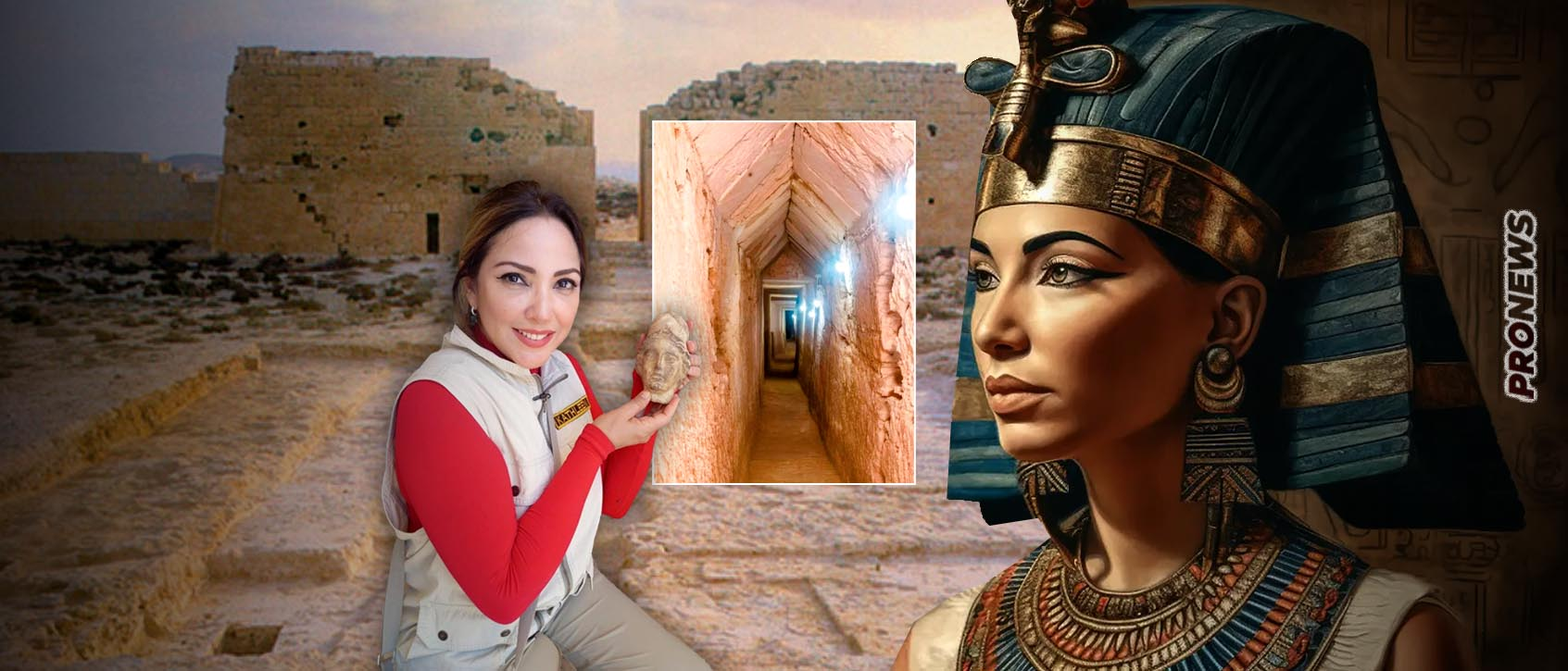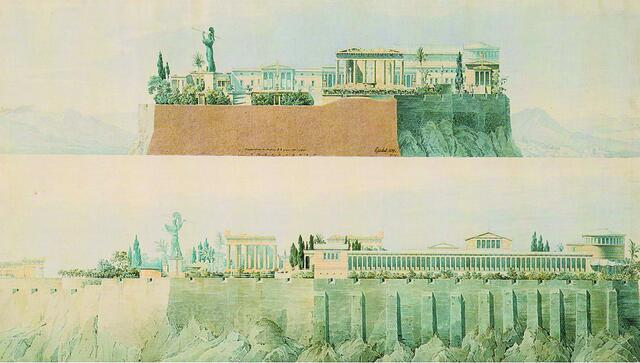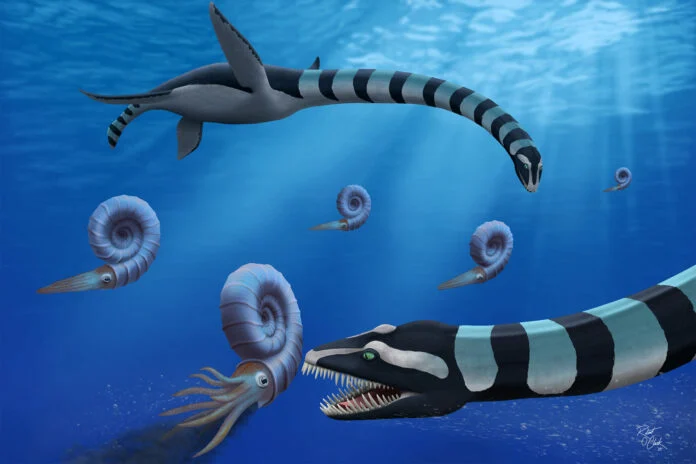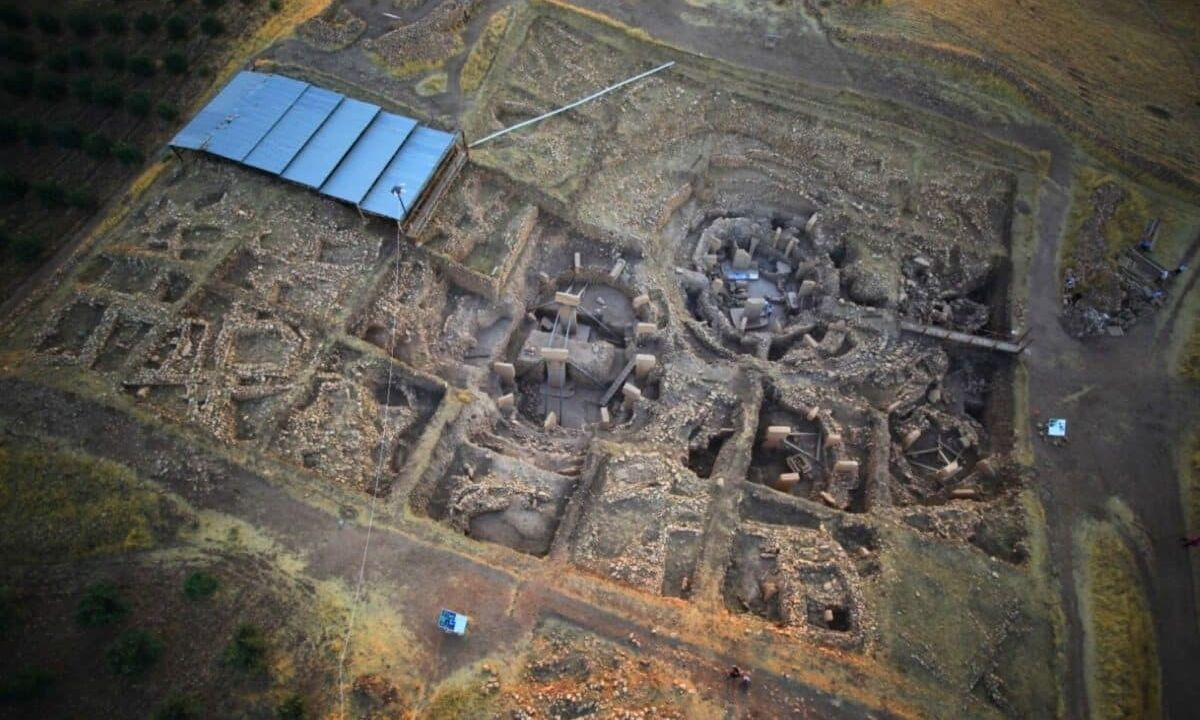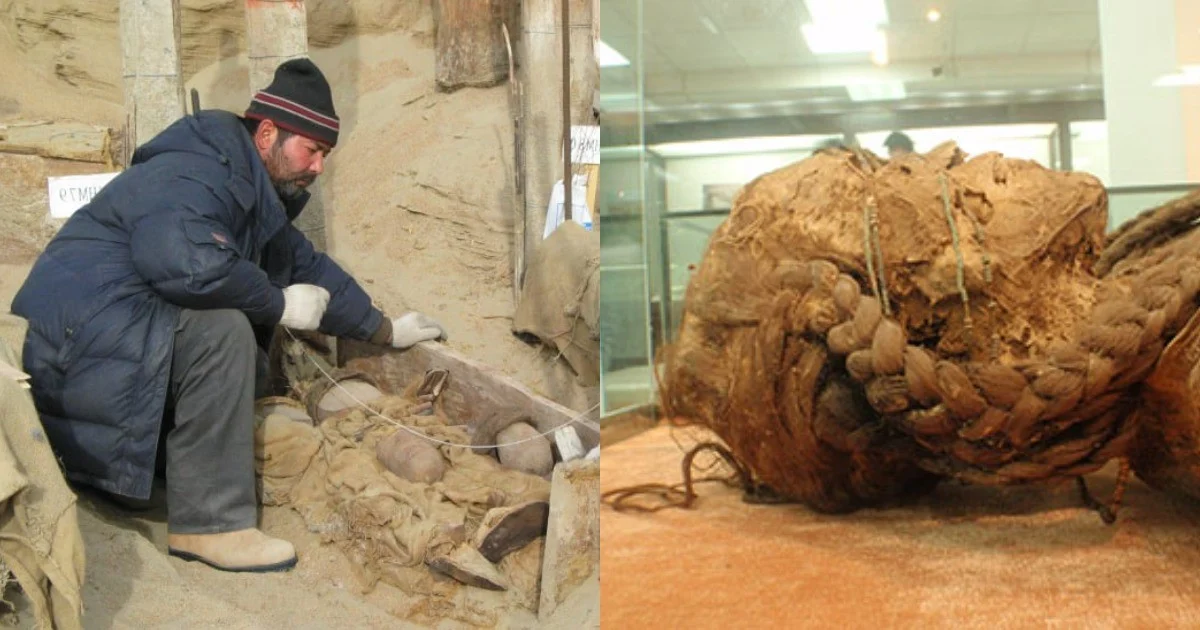The ancient sculptures in the form of human heads are battling deterioration and are pleading for money to be rebuilt a year after a fire decimated a remote area of Easter Island and harmed more than 200 moais.
On October 4, a fire started in some pastures but quickly spread out of control until it reached the Rano Raraku volcano's crater, also known as the moai quarry because it is there that the prehistoric Rapa Nui Indians carved their recognizable monoliths from tuff stone and dispersed them throughout the island, which was designated a World Heritage Site in 1995.
Rano Raraku, the name given by the indigenous people of this island in the middle of the Pacific Ocean, 3,700 kilometers from Chile's mainland, is much more than a massive ancestral workshop. It was the epicenter of the cultural apogee of Rapa Nui, the island's name given by the indigenous people.
“It was like watching our ancestors burn. They are our history. The flames caused us great desolation,” Carlos Edmunds, president of the Council of Elders, an ancestral institution, told EFE.
Deterioration is imminent
In June, 222 moai were harmed by the fire, 22 of which showed "serious alterations" and "must be treated in the short term," according to a Unesco report and island experts.
The Rapa Nui National Park, which covers roughly half of the island, and archaeologist Daniela Meza stated to EFE that the statues did not sustain major cracks because the exposure to the flames was not prolonged. However, they did exhibit minor thermal changes and soot streaks.
She notes that these damages "seem superficial at first sight." However, they weaken the tuff and hasten the biological erosion-caused deterioration of the statuary.
“The moai are exposed to an environment that is constantly damaging them. There is a lot of wind. It rains frequently. Solar radiation is very strong,” the archaeologist explained.
“All these agents – added to other fires in the past – accumulate and in the long term produce cracks and fractures,” adds Meza, who also points to lichens as a source of erosion as they seep through the tuff.
Experts advise pricy consolidation methods to restore the stone's stability and water repellency to shield it from moisture to avoid the mystery statues from crumbling.
Each sculpture takes two to three months to complete, and in order to employ the materials that have been used on other moais, they must be brought in from outside and applied by experts.
“We can’t wait too long because many moais already present deplacements from before, which means that plates of tuff are falling off, and they become deformed, lose their characteristic features, and then cease to be moais,” warns the archaeologist.
"Resources everywhere"
The Ma'u Hena indigenous community, which has been in charge of running the park since 2016, faces the greatest issue of finding funding even though the diagnosis and course of treatment are clear.
“We have to look for national, international, and our own resources from wherever,” Nancy Rivera, director of the Rapa Nui National Park, admits to EFE.
According to Rivera, the Council of National Monuments of Chile must first grant authorization for any conservation measures to be taken. They are awaiting their approval before beginning to raise funds.
They may now maintain the park with public monies, including mowing the grass, sweeping the walks, and constructing firebreaks to stop new fires.
The main source of income for Rapa Nui is tourism, which supplemented these funds. However, because to the epidemic, the most remote inhabited island territory on Earth remained shielded for two years before slowly opening up in August of last year.
During that time, the islanders maintained the park with their hands: “Each family organized themselves. We saw mothers with their children cutting the grass around the moais. It was very nice.”

